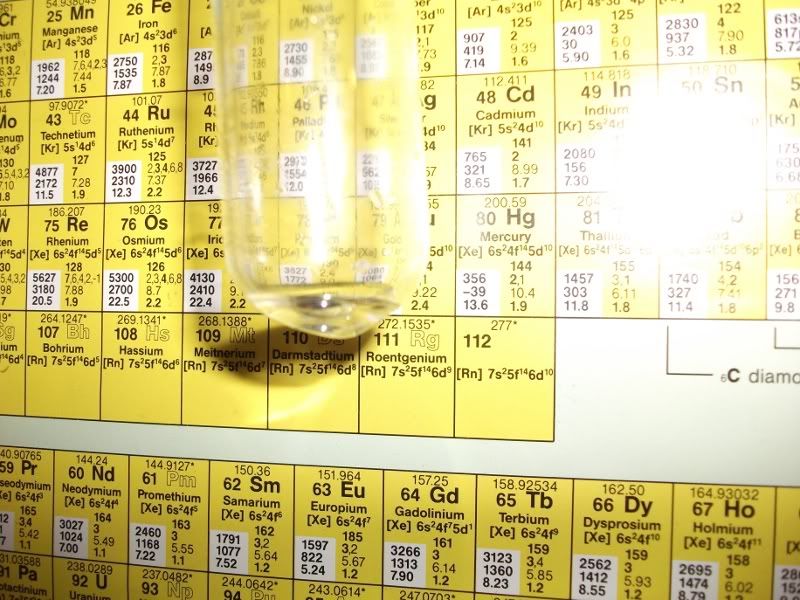
Buying ethyl acetate won't have the FDA at my door or anything right? Wouldn't be a big deal but I just don't wanna get arrested for buying chemicals or something stupid.
How do people run columns with this when it costs 5 dollars per 30 mL?

 . I was told it is a main constituent in some non-acetone nail-polish removers, but it appears there are many other
compounds which could dirty up the whole reason of running a column.
. I was told it is a main constituent in some non-acetone nail-polish removers, but it appears there are many other
compounds which could dirty up the whole reason of running a column.
Quote: Originally posted by smaerd  |


 .
.Quote: Originally posted by smaerd  |
 .
.| Quote: |
| Quote: |
| Quote: |

| Quote: |
Quote: Originally posted by chemrox  |
 .
.| Quote: |
 .
.Quote: Originally posted by gardenvariety  |
 . Man at home chemistry is so much
fun!
. Man at home chemistry is so much
fun!
Quote: Originally posted by peach  |

Quote: Originally posted by UnintentionalChaos  |


 .
. 


